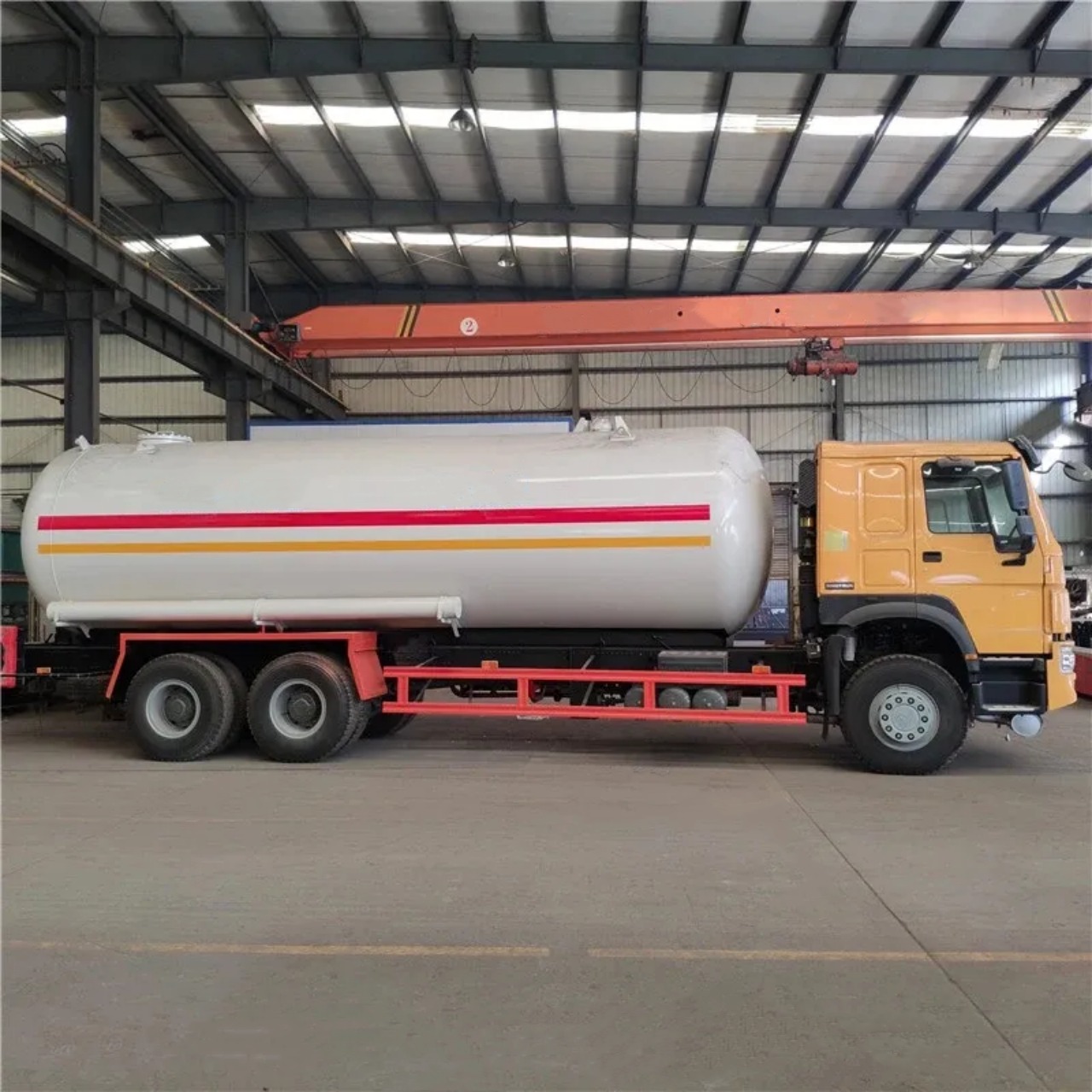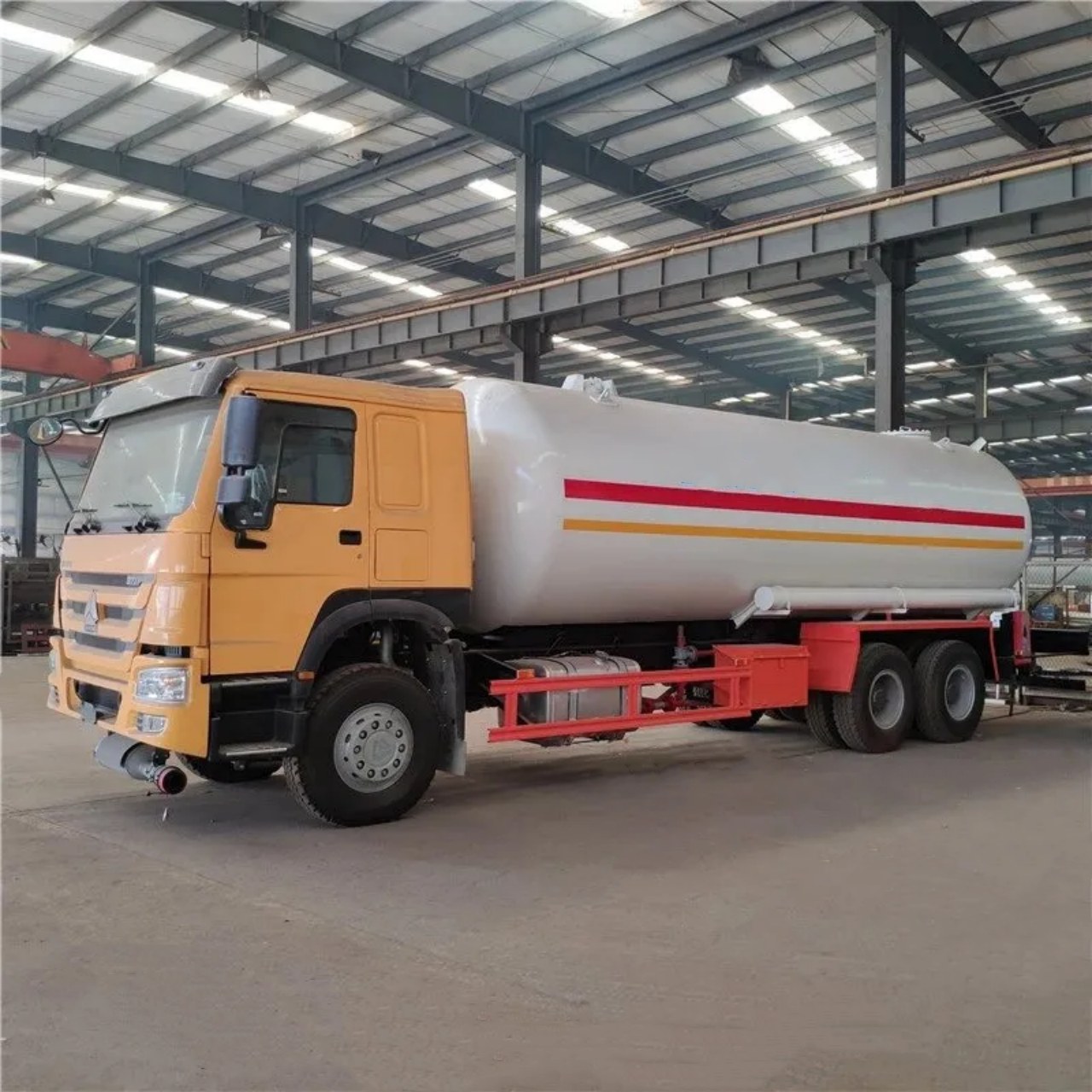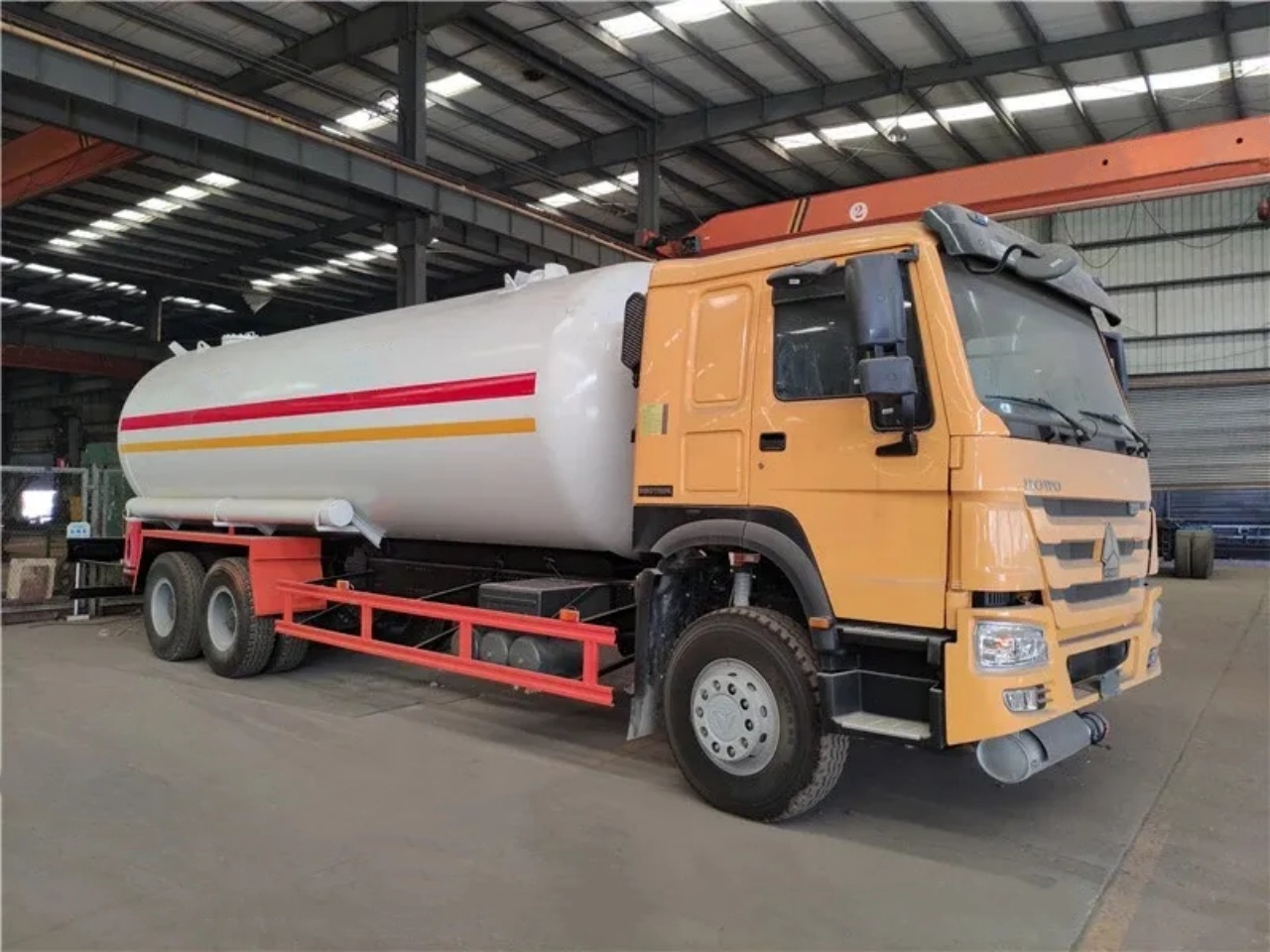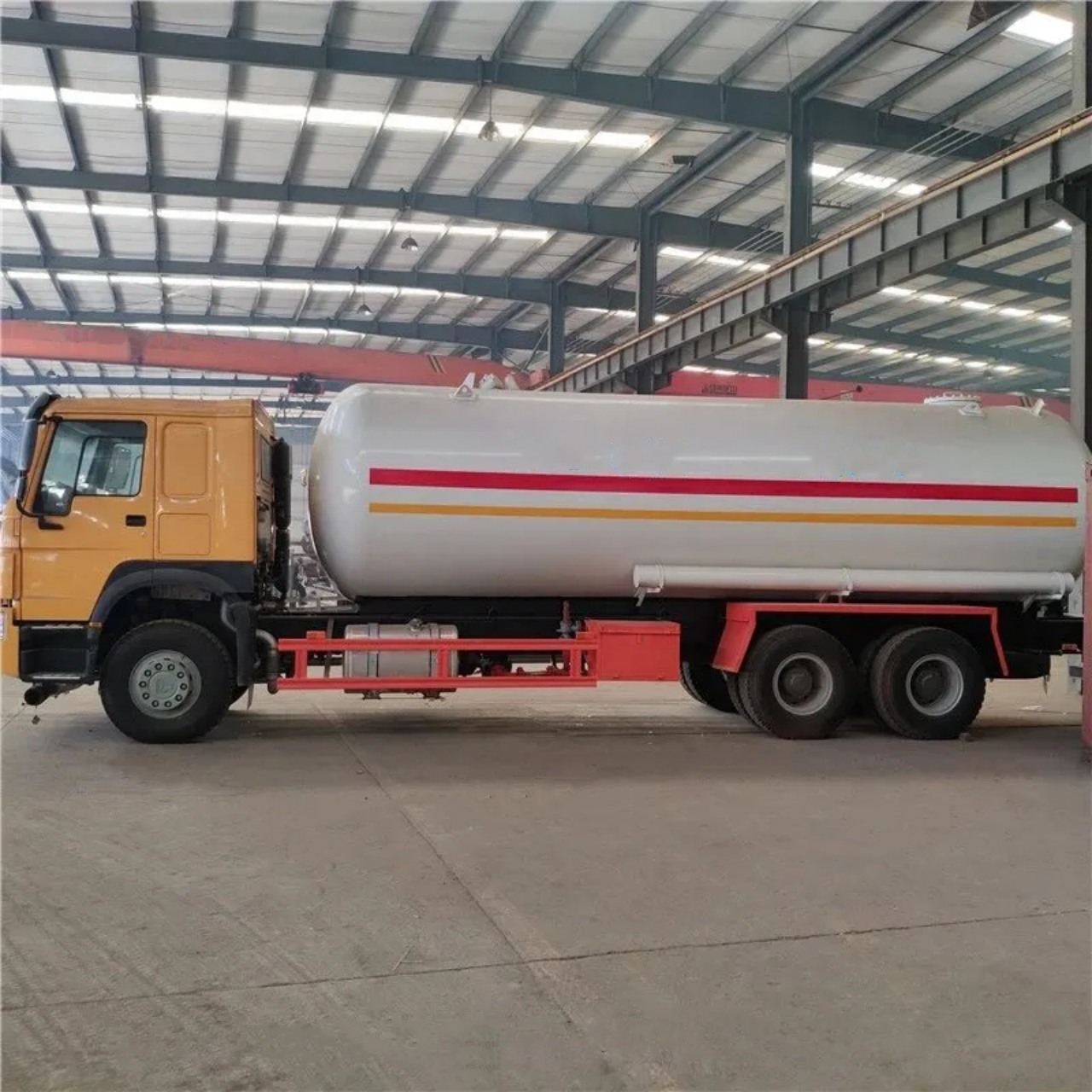Liquefied Petroleum Gas (LPG) is widely used around the world for residential heating, cooking, industrial fuel, and as an alternative automotive fuel. Transporting this volatile substance safely requires specially designed equipment, one of the most important being the LPG tanker truck. A critical element in the safe operation of these trucks is the pressure within the tanker. In this article, we will explore what determines the pressure of an LPG tanker truck, its importance, and the safety considerations surrounding it.
Understanding LPG and Its Properties
Before diving into tanker pressure, it is essential to understand what LPG is. LPG typically consists of propane (C₃H₈) and butane (C₄H₁₀) or a mixture of both. These gases are easily liquefied under pressure, which makes them practical to store and transport in liquid form. Once the pressure is released, the liquid turns back into gas and can be used as fuel.
LPG is stored under pressure to keep it in liquid form. This liquid state is much denser than gas, enabling efficient transportation and storage. However, it also introduces significant safety challenges that require carefully controlled conditions, pressure being one of the most critical.
What is the Typical Pressure in an LPG Tanker Truck?
The pressure inside an LPG tanker truck varies based on several factors, including the composition of the LPG (propane vs. butane ratio), the ambient temperature, and the specific design of the tanker. Here’s a breakdown of typical pressures:
- At 15°C (59°F):
- Propane has a vapor pressure of about 8.4 bar (120 psi).
- Butane has a vapor pressure of about 2.2 bar (32 psi).
Most LPG tanker trucks are designed to carry propane or propane-dominant mixtures, as propane performs better in colder environments.
Therefore, the pressure inside an LPG tanker truck generally ranges from 7 to 25 bar (100 to 360 psi), depending on ambient conditions and LPG composition. In warm climates or during summer, the pressure can climb significantly due to the expansion of the liquid and increased vapor pressure.
Design Pressure of LPG Tanker Trucks
The design pressure — also called maximum allowable working pressure (MAWP) — is the maximum pressure that the tanker can safely withstand under normal operating conditions. LPG road tankers are typically designed to handle pressures between 17 and 25 bar (about 250 to 360 psi), which gives a safety margin over the expected working pressures.
To ensure safety, the tankers are constructed using high-strength carbon steel, which is resistant to pressure-induced deformation and corrosion from LPG. Most countries require that LPG tanker trucks conform to international standards such as:
- ADR (European Agreement concerning the International Carriage of Dangerous Goods by Road)
- ASME Section VIII (American Society of Mechanical Engineers pressure vessel code)
- ISO 11120 (for gas cylinders and portable tanks)
Temperature and Pressure Relationship
One of the most important aspects of LPG tank pressure is its temperature dependence. As temperature increases, so does the vapor pressure inside the tank. For example:
- At -20°C, the pressure of propane is around 1.4 bar (20 psi).
- At 40°C, it jumps to about 15.6 bar (226 psi).
Because of this relationship, LPG tanker trucks are typically filled to only 80–85% of their total capacity. This allows for thermal expansion of the liquid as temperatures fluctuate during transport.
Pressure Relief and Safety Systems
Due to the risks associated with overpressure, LPG tankers are equipped with multiple safety features, including:
- Pressure Relief Valves (PRVs)
These valves automatically open to release vapor if the pressure exceeds a safe threshold, preventing explosions or tank ruptures. They are typically set to open at 110% to 125% of the tank’s design pressure. - Thermal Relief Valves
Smaller valves that relieve pressure caused by thermal expansion in trapped sections of piping. - Emergency Shutoff Valves
These prevent uncontrolled discharge in the event of a hose rupture or accident. - Pressure Gauges and Monitoring
Operators constantly monitor pressure to ensure it remains within safe limits. Many trucks now use remote telemetry for real-time data reporting.
Inspection and Maintenance
To maintain safe pressure containment, LPG tanker trucks undergo regular inspection and certification, often including:
- Hydrostatic pressure testing: The tank is filled with water and pressurized beyond its working pressure to check for leaks or structural weaknesses.
- Ultrasonic testing: Used to detect internal corrosion or defects in the tank walls.
- Valve and relief device testing: Ensures all safety systems function properly under pressure.
In most regions, these inspections are mandated at intervals ranging from 1 to 5 years, depending on the usage and jurisdictional rules.
Regulatory Standards and Compliance
LPG transportation is heavily regulated, with pressure control being central to compliance. Some of the key regulatory aspects include:
- Marking of design pressure on the tank nameplate.
- Temperature compensation during filling to avoid over-pressurization.
- Driver training to recognize and respond to pressure-related issues.
Failure to comply with pressure-related standards can result in severe penalties, including grounding of the vehicle, fines, or loss of operating licenses.
What Happens in the Case of Overpressure?
Overpressure situations are hazardous and can occur due to:
- Exposure to fire
- Mechanical damage to the tank
- Faulty or blocked relief valves
- Improper filling procedures
In such cases, without proper pressure relief mechanisms, the tank can rupture violently, known as a BLEVE (Boiling Liquid Expanding Vapor Explosion), which is one of the most feared accidents in the gas transport industry.
This is why pressure is not just a number on a gauge — it is a dynamic safety parameter that demands constant attention.
Conclusion
The pressure inside an LPG tanker truck is a fundamental aspect of its operation and safety. Typically ranging from 7 to 25 bar (100 to 360 psi), it varies with LPG composition and ambient temperature. These trucks are engineered to handle such pressures with a significant safety margin and are fitted with multiple systems to monitor and manage pressure levels.
Understanding and managing the pressure of an LPG tanker truck is not just a technical requirement — it’s a matter of public safety. Through proper design, maintenance, and adherence to regulations, the industry ensures that this essential energy source can be reliably and safely transported.






